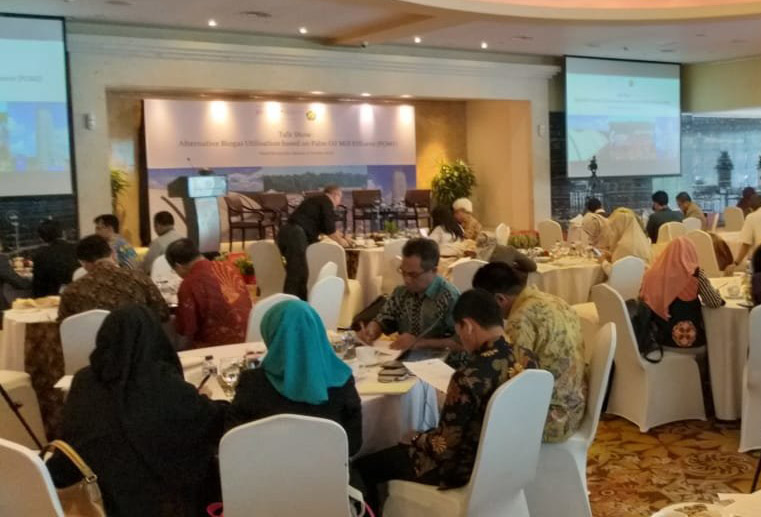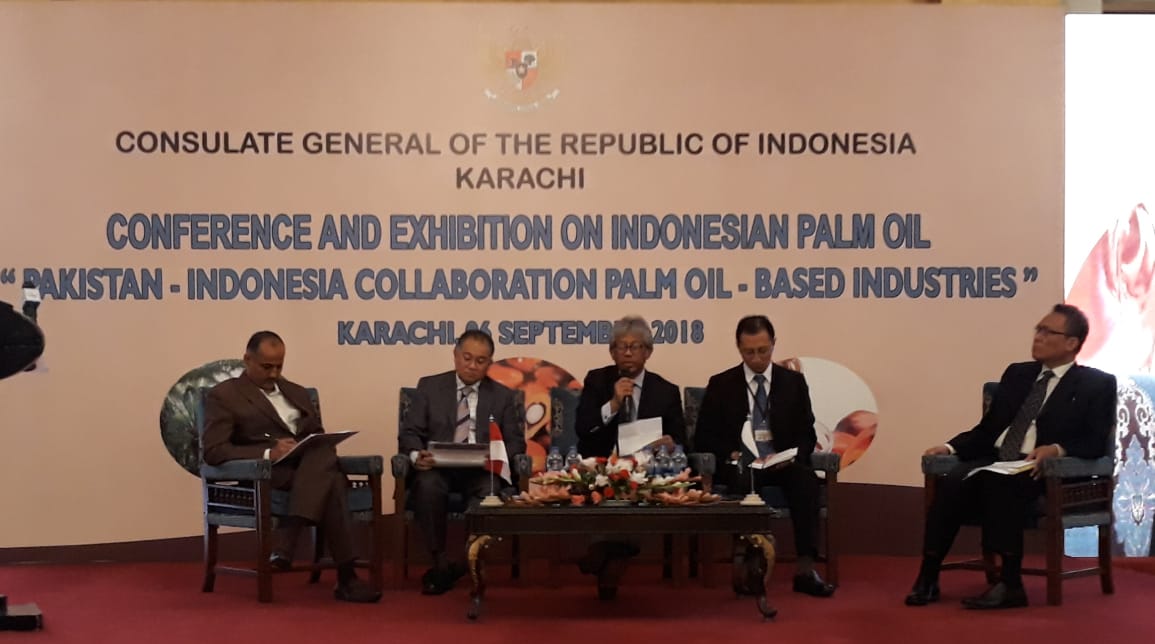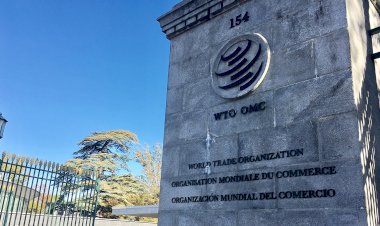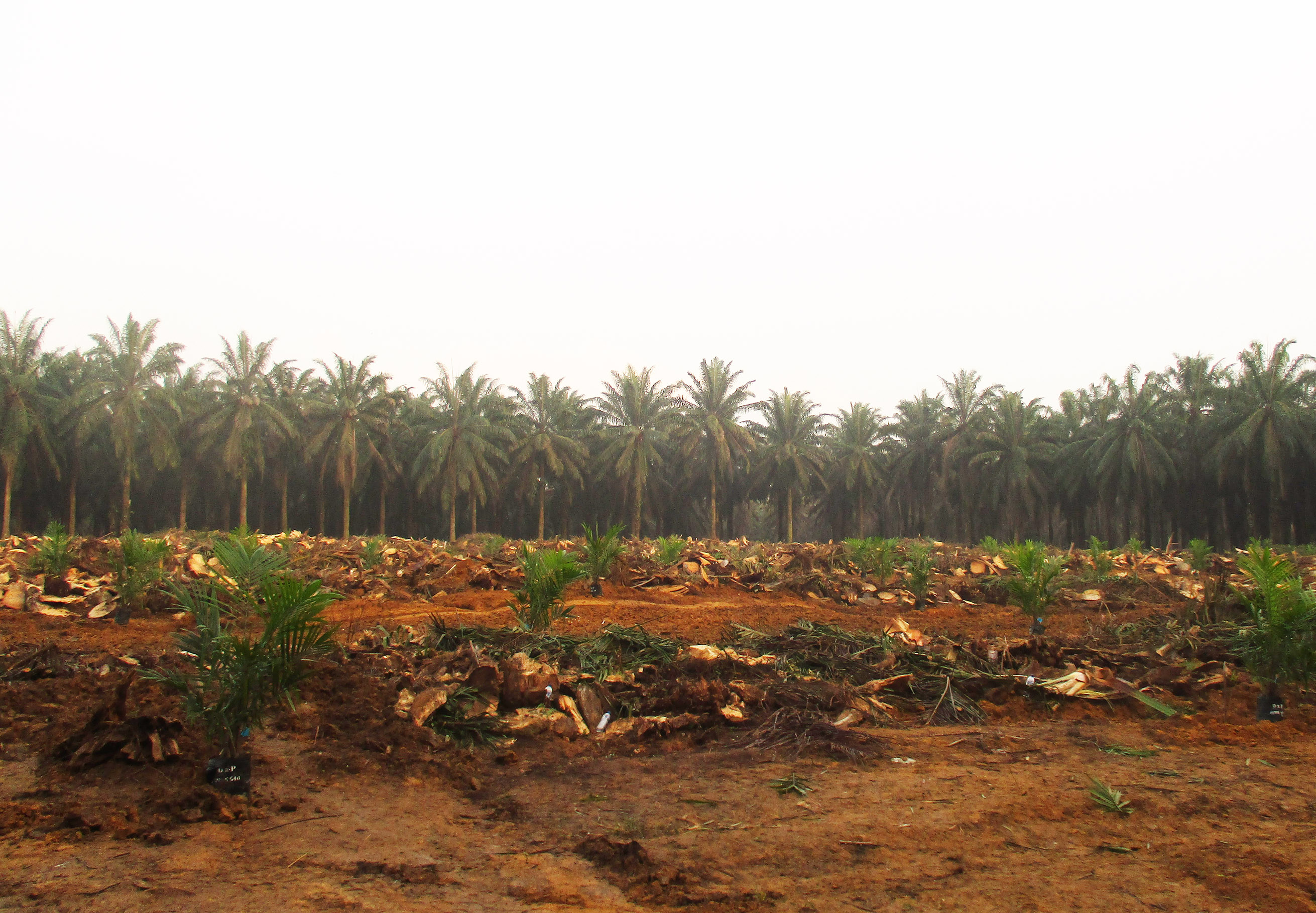POME-based Biogas Utilisation Continues to be Developed
Palm oil waste, commonly known as POME (Palm Oil Mill Effluent), is a source of renewable energy that offers efficient and effective solutions for biomass-based energy supply.

Palm oil waste, commonly known as POME (Palm Oil Mill Effluent), is a source of renewable energy that offers efficient and effective solutions for biomass-based energy supply. POME can be converted into biogas that can be used for a variety of application including electricity generation, heating and as fuel for vehicular transportation.
Looking into the large potential of biogas from POME, an “Alternative Biogas Ulitisation Based on Palm Oil Mill Effluent (POME)”- themed talkshow was held at Hotel Burobudur, Jakarta (4/10/2018). The event is organized by Ministry of Energy and Mineral Resource in collaboration with Deutsche Gesellschaft für Internationale Zusammenarbeit GmbH (GIZ), an international company owned by Germany federal government; and German Federal Ministry of the Environment, Nature Conservation and Nuclear Safety.
POME is the waste water from palm oil mills discharged from the sterilization process, crude oil clarification process and cracked mixture separation process. POME is a source with great potential for biogas production to support energy supply in the country. In order to ensure the sustainability of environmental and energy supply in Indonesia, the government has also developed Biomass Power Plants (PLTBm) and Biogas Power Plants (PLTBg) to generate electricity from renewable energy sources.
The Indonesian Oil Palm Estate Fund (BPDPKS) also supports the development of POME-based biogas power plants, including provide fund support to Centre of Energy Studies of Gadjah Mada University that is developing “Anaerobic Fluidized Bed Reactor”, a vertical collum reactor as an alternative method to convert POME into biogas.
POME is commonly treated biologically using open ponding system (lagoon) that is simple and cheap. However, the method requires extensive land and still releases green house gases. ***


































